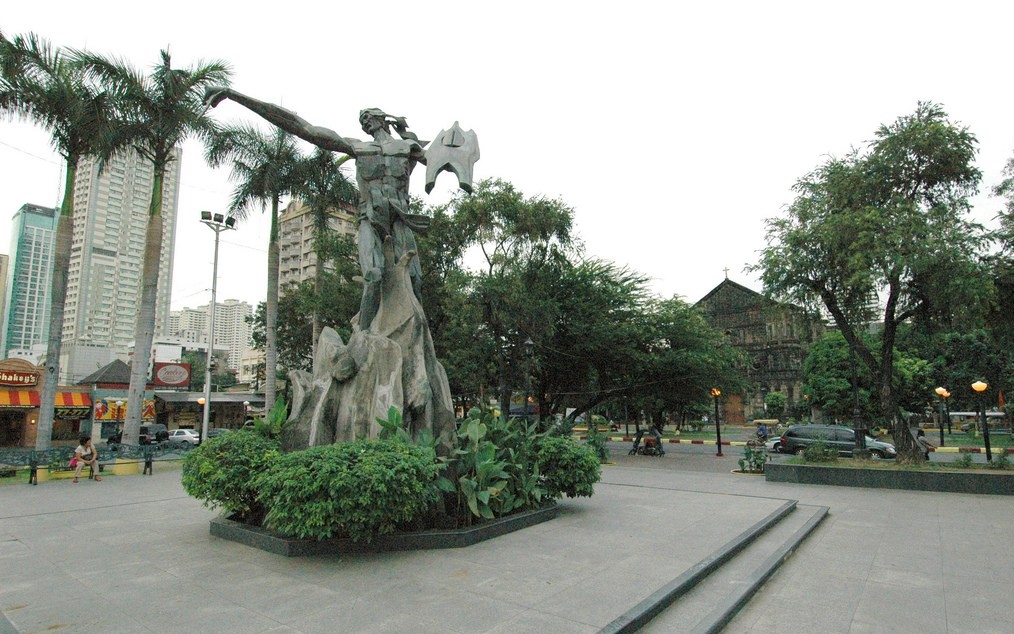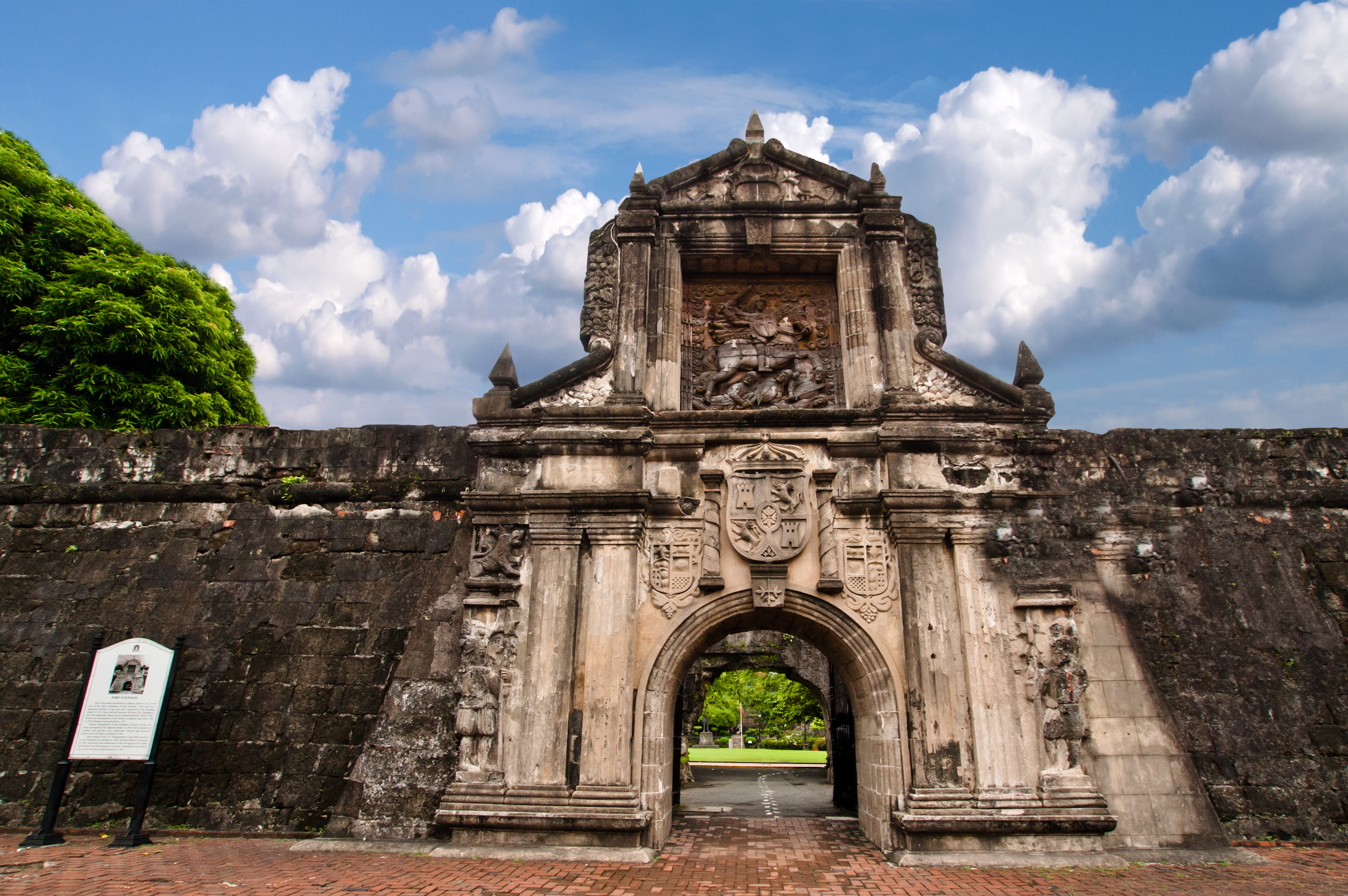
After Ferdinand Magellan, other Spanish expeditions were dispatched to the Philippines over the next decades. In 1543, Ruy Lopez de Villalobos gave the name Las Islas Filipinas to the islands of Samar and Leyte. However, it was not until 1565 that the Spaniards, under Miguel Lopez de Legazpi, founded a colony on Cebu, and extended the name Filipinas to the whole group of islands after King Philip II of Spain.
Although the Portuguese navigator Magellan had discovered the Philippine archipelago in 1521, neither Portuguese or Spanish had settled there and so Don Luis de Velasco, the viceroy of New Spain (Mexico), sent Miguel Lopez de Legazpi to claim it in 1564.
Miguel Lopez de Legazpi, Spanish explorer who established a Spanish dominion over the Philippines that lasted for more than three centuries, until the Spanish-American War of 1898 went to New Spain in 1545. He served for a time as clerk in the government of the viceroy. Legazpi left Acapulco in November 1564 with a fleet of five ships and 500 men including six Augustinian missionaries in addition to Fr. Andres de Urdaneta who served as navigator and spiritual adviser, and Guido de Lavezarez, a survivor of the Magellan’s expedition. They reached Cebu, one of the southern islands of the archipelago, in April 1565, founding the first Spanish settlement on the site of the modern city, Cebu naming it “Villa del Santissimo Nombre de Jesus" (Town of the Most Holy Name of Jesus) after an image of Santo Niño in one of the native houses.
He remained in Cebu until compelled to move out to Panay by Portuguese pirates. Searching for a suitable place to establish his capital and hearing of the rich resources in Luzon, he sent an expedition to the northern island of Luzon in 1570 under Martin de Goiti and Juan de Salcedo to explore its location and potentials. He did not accompany his men during their conquest of Manila because of health problems and advanced age.
Landing in Batangas , Goiti with a force of 120 Spaniards explored the Pansipit River which drains Taal Lake. They then proceeded north and on May 8, they arrived at Manila Bay. There, they were welcomed by the natives. Goiti's soldiers camped there for a few weeks while forming an alliance with the Muslin leader, Rajah Sulayman, a vassal under the Sultan of Brunei and the Muslim ruler of the Kingdom of Maynilad, a pre-historic state at the mouth of Pasig River facing what is now Manila Bay. Rajah Sulayman, along with his co-ruler Rajah Matanda and Lakan Dula, was one of three monarchs who figured most significantly in the Spanish conquest of the Port of Manila and the Pasig River delta. Spanish accounts describe him as the most aggressive of the three rulers - a characteristic chalked up to his youth relative to the other two rulers.
However, the Rajah's ally in northern shores of Manila Bay, historically known as the young Bambalito of Macabebe, Pampanga, asked Rajah Sulayman to revoke his alliance with the Spaniards. Rajah Sulayman refused because of the "word of honor" to the Spaniards. Rajah Sulayman had his conditions for Bambalito that if they were able to kill as least 50 Spaniards, he would revoke his alliance with Goiti, and Rajah Sulayman would help expel the conquerors. Bambalito rode back to Macabebe and formed a fleet of two thousand five hundred moros consisting of soldiers from the villages along Manila Bay particularly from Macabebe and Hagonoy, Bulacan. On May 30, 1570, Bambalito sailed to Tondo and encountered the Spaniards headed by Martin de Goiti at Bangkusay Channel on June 3, 1570. Bambalito and his fleet lost the battle, and after disputes and hostility had erupted between the two groups, the Spaniards occupied the Islamized states of Tondo and Maynilad.
 Rajah Sulayman by Flickr
Rajah Sulayman by Flickr
After deposing Rajah Sulayman, Goiti occupied their settlements before returning to Panay. Legazpi then sailed to Luzon after hearing that the villages had been conquered and established the city of Manila on June 24, 1571.
In Manila, he formed a peace pact with the native councils as well as the local rulers, Rajah Sulayman and Lakan Dula. Lakan and Rajah are the same title of the native royalty. He also ordered the construction of the walled city of Intramuros.
Within a year, with the help of his grandson, Juan de Salcedo, Legazpi had almost the whole country under Spanish rule, with the exception of the Sulu islands and parts of Mindanao and interior Luzon. Legazpi overcame native resistance with little difficulty, since there was no sizable organized political power among the Philippine Malays. Islam was weak in Luzon and the northern islands but the Muslins in the southern islands resisted Spanish rule right up to the 19th century.
Legazpi and his chaplain, Padre Andres de Urdaneta, were able to lay the foundation for the conversion of the people to Christianity, the Spain’s most durable legacy.
The country was soon divided into religious zones of influence. The Augustinians received Batangas, Bulacan, Pampanga, Ilocos, Cebu and Panay. The Franciscans acquired Bicol and parts of Laguna and Tayabas. The Jesuits operated in Cavite, Marinduque, Samar, Leyte, Bohol, Negros, and some areas in Mindanao. The Dominicans took Bataan, Pangasinan and the Cagayan Valley. The Recollects occupied Romblon and points of northern Palawan, Luzon, and Mindanao. By the end of the 16th century, much of the archipelago was under Spanish control.
Subsequently, Manila became the capital of the new Spanish colony and Spain’s major trading port in East Asia. Legazpi governed the Philippines for a year before dying suddenly of a heart attack on August 20, 1572. He was laid to rest in San Agustin Church in Intramuros.
References:
Philippine Guide by Jill and Rebecca Gale de Villa
Insight Guide Philippines by Discovery Channel
Encyclopedia Britannica
Wikipedia
Until next time. The Philippine story continues.
 Legazpi's Statue outside Fort San Pedro, Cebu
Legazpi's Statue outside Fort San Pedro, Cebu







.jpg)
.jpg)